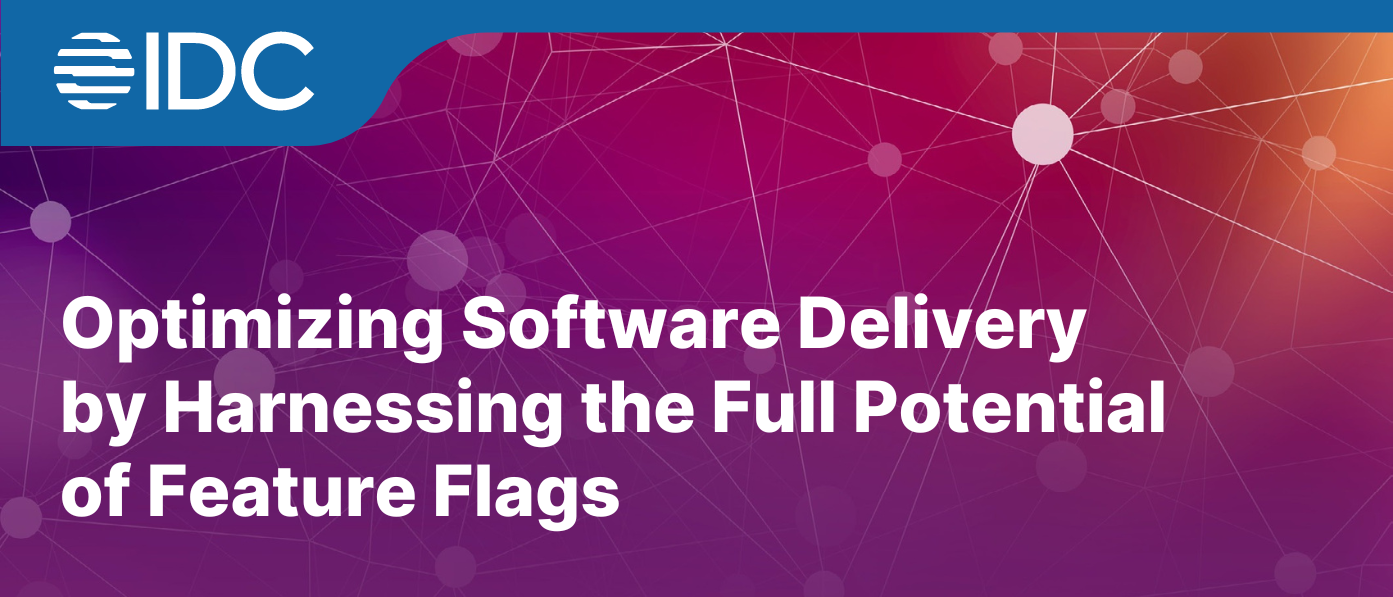In a modern, rapidly changing world, technology is fast-growing and it is pushing the progress of humanity in a whole new direction. One of the most striking technology trends in the past year is the integration of Artificial Intelligence (AI) and the Internet of Things (IoT). The two champions of the tech revolution are AI and Internet of Things and the combination of them has resulted in smart systems that are much more sophisticated and creative.
Integration of AI in IoT systems
AI integration into the IoT system maximizes the potential of the smart devices. The joining of AI to the big network of interrelated devices in the Internet of Things allows us to create intelligent systems that will act and think like a human being. The AI technology drives these devices and they can instantly analyze and interpret data, producing useful information that makes them more efficient and productive.
IoT machine learning allows devices to learn from data, and improve their performance without hard coding. This makes IoT devices more personalized and practical since they learn and improve their performance according to the actions and preferences of people who use them. A typical example is a smart speaker that can recognize and respond to various voices in a family thus giving a special experience to every user.
One more essential feature of AI IoT is predictive analytics, when AI algorithms are applied for big data analysis of IoT devices, to find patterns and anomalies. The process of prediction in the situations where possible problems or failures occur let companies make proactive steps to prevent them which leads to saving time and loss of resources of businesses. When it is so, AI IoT predictive maintenance in the manufacturing industry can cut downtime and prolong the life of the equipment.
In addition, AI IoT also facilitates the improvement of business decision-making as it provides real-time data and insights. This is particularly beneficial in sectors such as retail where data from IoT devices is employed in consumer behavior monitoring and analysis, a process that leads to improved marketing initiatives and greater sales. AI IoT could also play a role in supply chain optimization by ensuring an optimal stock level and automated route optimization enhancing cost efficiencies.
However, AI integration into IoT systems comes with its share of issues. Privacy and security gees are the biggest concern. Because of the volumes of data that are collected and processed, there is the danger of data leaks and personal data misuse. The security protocols should be adhered to by organizations so that sensitive information is protected.
In addition, the AI IoT application may be difficult and resource intensive to implement. These are the smaller enterprises or the people who would want to embrace this technology limitation. Moreover, rapid changes in technology may lead to compatibility issues between different devices and platforms, which would hinder the integration of AI and Internet of Things.
The integration of AI & IoT has shown success in many industries in spite of these difficulties. The pace of technological development allows AI IoT to be utilized in more spectacular ways within a short period of time. Thus, the synergy and symbiosis is dynamic, and in this situation both companies and individuals must realize the dynamic symbiosis and find the possible ways to integrate them into their lives.
Benefits of AIoT
The fusion of AI and Internet of Things has huge advantages for both business and individual clients. Some of the key advantages include:
1. Increased efficiency and productivity: The automation of processes and AI for data analysis, makes IoT devices run faster and more efficiently creating a productive environment.
2. Cost savings: smart IoT devices improve energy management, cut maintenance costs, and prolong the life of machines, and this leads to savings for both business and individual users.
3. Improved decision-making: AI-driven IoT equipment allows companies to gather and process live data that is essential for the making of pertinent decisions.
4. Personalization: AIoT allows devices to learn from the activities and preferences of users, providing users with personalized experiences.
Challenges of AIoT
The AI and Internet of Things mix have its own set of challenges despite the advantages it offers. Some of the key challenges include:
1. Data privacy and security: Big data means that touch data is collected and analyzed making it a danger of a data leak and privacy concerns. Organizations have to ensure that the given security systems are implemented so that the sensitive data is secured.
2. Complex implementation: Internet of Things AI integration task is unaffordable for most companies due to the enormous resource and human requirements.
3. Compatibility issues: The pace of technological changes is rapid and it is rather hard to combine AI and IoT, since devices and platforms remain incompatible.
An overview of real-world AI and IoT integration success stories
Despite challenges, some organizations were able to deploy AI and Internet of Things to develop innovative solutions. Tesla represents how self-driving features powered by AI are merged with IoT sensors that create a smart, safer, and more efficient driving process. This combination enables Tesla vehicles to process real-time data and react to the change in road conditions which lowers the probability of accidents.
The health industry is an example of successful implementation of AI and Internet of Things. Smart pills from companies such as Proteus and WellDoc, on the other hand, are equipped with sensors and AI algorithms to collect patient health data to provide personalized treatment prescriptions and reminders.
Future Perspectives of AIoT
The IoT artificial intelligence would revolutionize many sectors such as healthcare, transportation, manufacturing and agriculture, among others. As the number of IoT devices grows exponentially and AI capabilities can do more, we expect more advanced and sophisticated applications in the future. For example, smart homes integrated with AIoT can be a fully connected and automated living environment, and in the healthcare industry, AIoT will make patient care and disease management better.
The integration of AI and Internet of Things is changing the mode of interaction with technology and our environment. Moreover, it is capable of improving efficiency, productivity, and decision-making and offers a personalized experience for users. However, it also has its own challenges which need to be dealt with for it to be successfully implemented. The rapid progress of the technology will take AIoT to yet another level in the future, hence it is important to engage artificial intelligence consultancy for your daily operations and understand how you can integrate the two for your efficient operations.

